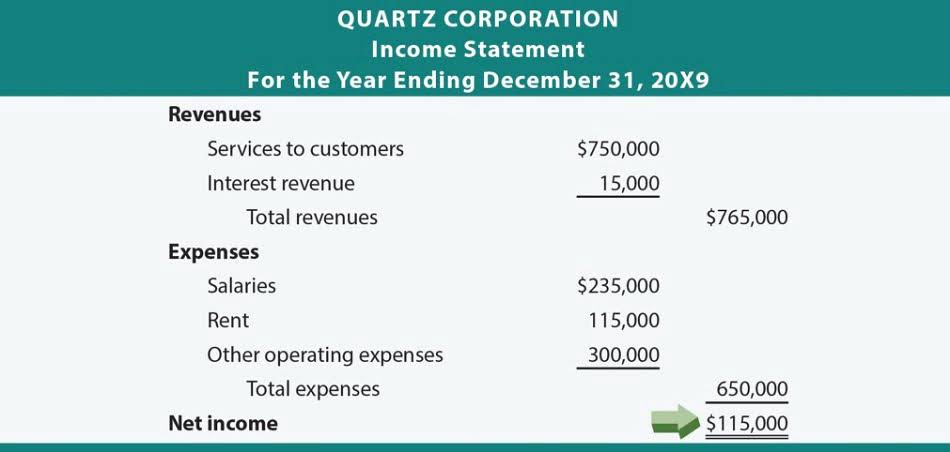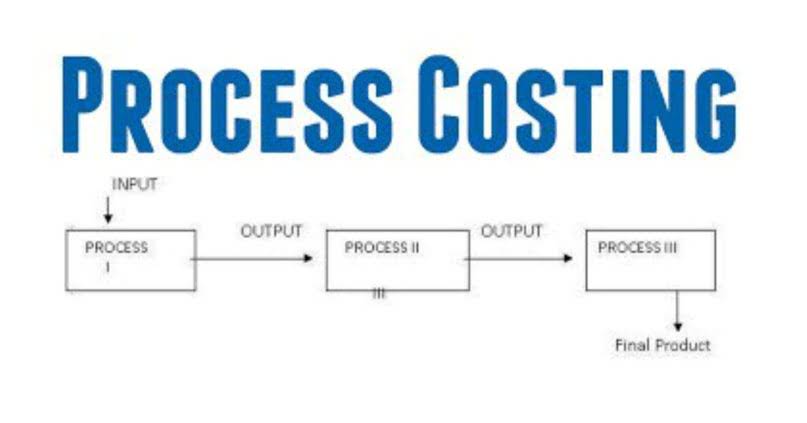
That means the purchase is made on credit, giving the firm the time to market the inventory to the customers. This non-receipt of the payment from customers makes the businesses late in paying for the inventory they bought. The cash conversion ratio is a financial metric used to assess a company’s ability to convert its net income into cash flow. It measures the proportion of cash generated from operations relative to net income, indicating operational efficiency in converting profits into cash. The HighRadius Order to Cash Suite automates credit management, collections, invoicing, cash application and dispute resolution, leading to faster revenue realization and improved cash flow. Designed to streamline workflows and enhance the customer journey, HighRadius’s O2C solutions drive financial performance, reducing DSO by an impressive 20%.
- CFI is on a mission to enable anyone to be a great financial analyst and have a great career path.
- Next, Days Sales Outstanding (DSO) measures the time taken to collect customer payments.
- The cash conversion cycle metric is typically used by companies that carry inventory and need to properly manage it to ensure the business remains profitable.
- Yes, a negative cash conversion cycle indicates that a company receives cash from sales before having to pay its suppliers, reflecting effective cash management.
- This metric assesses how long invested funds are committed to the production and sales processes.
- It follows cash through inventory and AP, then into expenses for product or service development, to sales and AR, and then back into cash in hand.
- Therefore, Company Z does not need to hold much inventory and still holds onto its money for a longer period.
Improving trade credit terms with vendors
- According to GMT Research, cash conversion cycles range from about nine days for retailers up to 870 days for real estate developers.
- Calculating the CCC is crucial for companies aiming to monitor cash flow, inventory management, and sales realization since it assists in assessing their operational efficiency and financial performance.
- Interpreting CCC depends on the industry, business model, and financial strategy.
- The cash conversion cycle (CCC) is a fundamental financial metric that measures the time it takes for a company to convert its investments in inventory and other resources into cash inflows from sales.
- By focusing on the metrics that make up the CCC and taking steps to improve them, you can build a stronger, more profitable, and more sustainable business.
By streamlining inventory management, optimizing payment terms with suppliers, and improving collections from customers. Service-based businesses, such as consulting firms or SaaS providers, typically have minimal CCCs since they do not manage physical inventory. Their cash flow efficiency depends on contract structures, subscription billing cycles, and client payment behaviors. Companies offering annual prepaid subscriptions benefit from upfront cash inflows, reducing working capital strain.
Find the talent you need to grow your business
- Tracking the cash conversion cycle allows businesses to identify inefficiencies in their operations, optimize inventory management and improve cash flow.
- Essentially, the Operating Cycle indicates an item’s period from being in inventory to getting payment following a sale.
- ” We collect, retain, and use your contact information for legitimate business purposes only, to contact you and to provide you information & latest updates regarding our products & services.”
- The working capital cycle is slightly different than the cash conversion cycle.
- It also enables the company to eliminate all its fixed asset investments in the producing region and related real estate.
By understanding the CCC and taking action to improve on the factors involved, business owners can avoid taking on additional debt or issuing stock to improve liquidity. For example, your DIO can give you insights into how efficiently you manage your inventory. A longer DIO indicates slower turnover, which may imply inefficiencies in supply chain management or slow moving products. Carrying excess inventory can also lead to extra storage, insurance, and depreciation costs, so knowing your DIO can help you address those issues. Your DIO can also point out a need for more accurate sales and demand forecasting.

Accelerate Receivables Collection

The petty cash CCC is particularly useful for understanding the liquidity and operational efficiency of a business. The cash conversion cycle represents the time it takes for a company to convert its inventory investments into cash flows from sales. Think of it as your business’s financial metabolism—faster cycles indicate efficient operations, while slower cycles may reveal inefficiencies.
Why Is the Cash Conversion Cycle Important to a Business?

It had $500,000 in sales revenue and $200,000 in COGS on the income statement. The beginning cash conversion cycle inventory balance is the ending inventory from the prior period’s balance sheet. The ending inventory balance is the ending inventory from the current period’s balance sheet. A lower (shorter) cash conversion cycle is considered to be better because it indicates that a business is running more efficiently. Instead, it should be used to see if a company is improving over time and to compare it to its competitors.
- Monitoring it enables businesses to determine how rapidly they are converting sales proceeds into cash again.
- Accounts receivable and inventory accounts are current assets, and accounts payable is a current liability balance.
- The cash conversion cycle is a critical metric used by businesses and investors to evaluate the efficiency of a company’s operations and its short-term financial health.
- The cash conversion cycle aims to shorten the time it takes for a company to convert its investments into cash, increasing liquidity and enhancing its overall financial health.
Cash Conversion Cycle: What Is It, How to Calculate, and Improve It
A negative CCC helps a company improve its liquidity, cashflows, and working capital management. However, only a few companies manage to have a negative cash conversion cycle. On the other hand, software companies provide licenses of software to their clients.

Accrual accounting requires you to post accounts receivable and accounts payable balances, both of which are used in the CCC formula. When you sell an item and don’t receive cash from the customer, you increase accounts receivable. Accounts payable, on the other hand, increases when you receive a bill and don’t pay it immediately. This means Jack takes 5 days from paying for his inventory to receive the cash from its sale. Jacks would have to compare his cycle to other companies of his industry to see if his cycle needs to be improved or it’s reasonable. Monitoring your cash conversion cycle on a regular basis can help you assess your business’ performance and catch any cash flow issues before they become major problems.
Types of Cash Conversion Cycle Strategies
These measures could indirectly result in a shorter CCC, as businesses streamline operations and improve efficiency. However, it’s important to note that significant investments required to adopt sustainable practices could lead to temporary elongation of the cash conversion cycle. In the long run, expectations are that sustainable practices will create a balance leading to optimal CCC. All of these strategies aim at shortening the period between paying for raw materials and services and getting cash from sales revenues. A shortened cash conversion cycle means improved liquidity and can indicate a healthier financial state Budgeting for Nonprofits for a company.